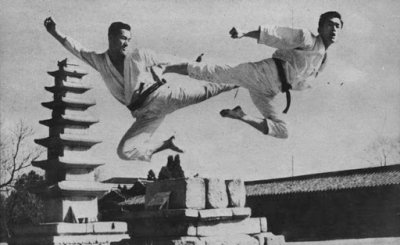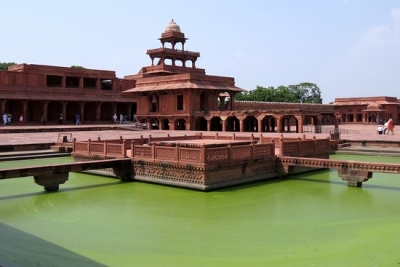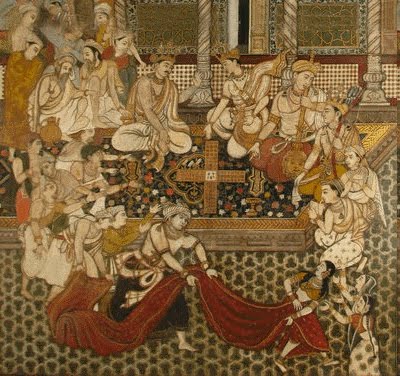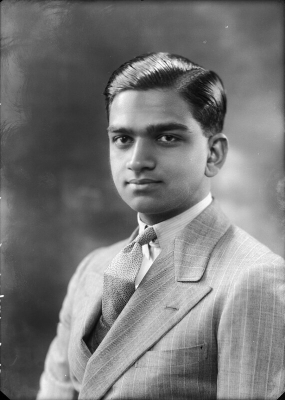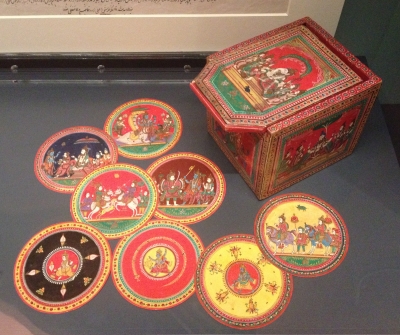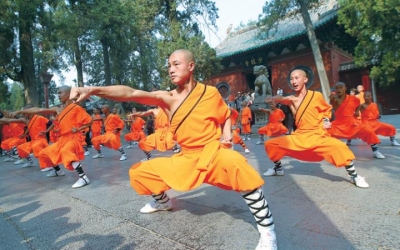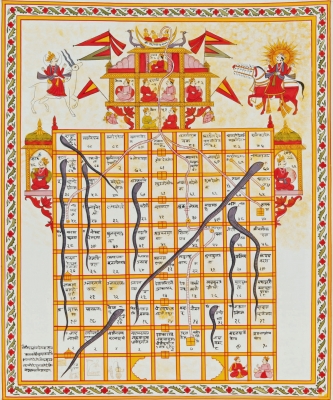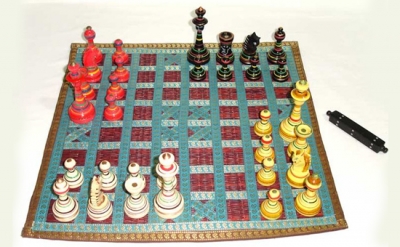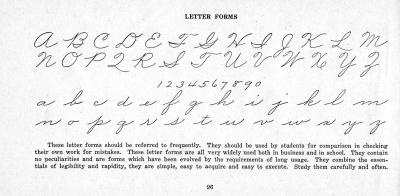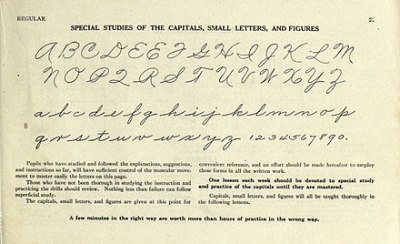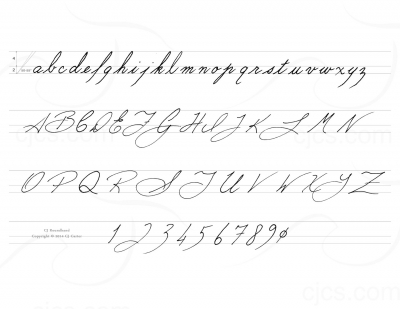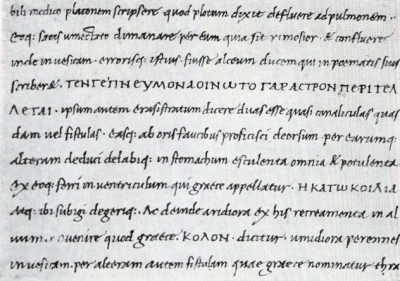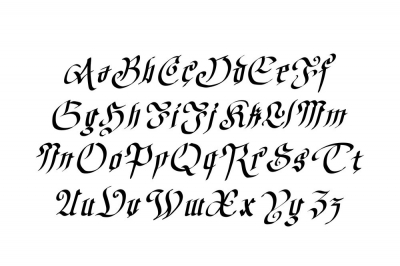Cowrie shells were used for what economic purpose in ancient India?
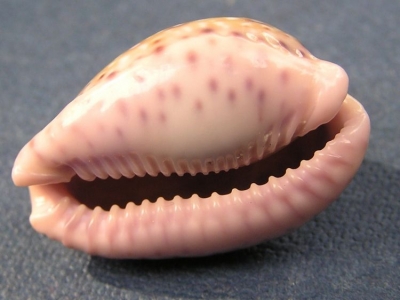
The cowrie — or cowry — shell was one of the most successful and universal forms of currency in the world. In West Africa though, the humble shell worked its way into the cultural fiber, taking on a deeper symbolic and ritualistic meaning that has never been entirely lost.
The attractive white shell has all the characteristics required of money: easy to handle and carry around due to its light weight, non-perishable, good for small and large purchases. Its shape makes it instantly recognizable and difficult to forge. The cowries also have very little variation in size and form, which makes them easy to count.
They were often threaded into bracelets or long strings of forty, or packed into pouches to form greater quantities. For large payments, the shells could be tossed into baskets and weighed to determine their value.
- 40 cowries made 1 string,
- 50 strings made 1 head (2,000 cowries total),
- 10 heads made 1 bag (20,000 cowries total).
Picture Credit : Google
